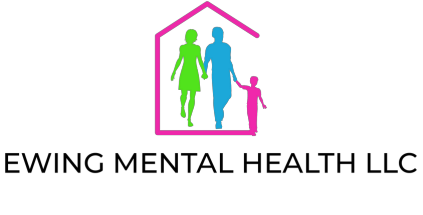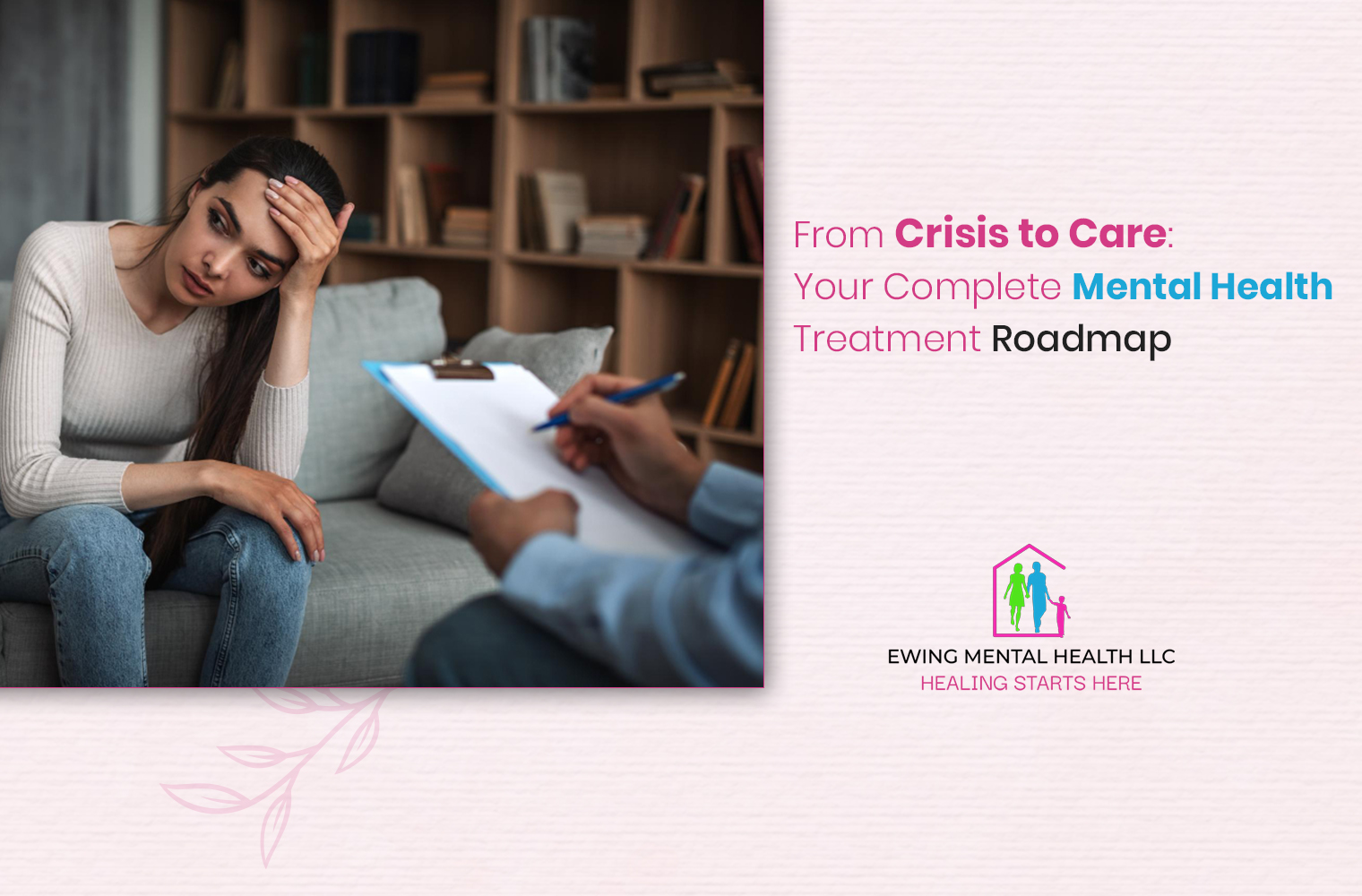When life gets to be too much and your mental health suffers, it can feel pretty disorienting.
You might be in a place where you don’t quite know where to start, or have been avoiding seeking assistance since the entire process seems confusing.
There is absolutely no shame in needing some help.
Think of this as your friendly guide through the process, from noticing when it’s time to get help to creating a viable way forward.
Knowing When It’s Time to Get Help
The signs can be blatant at times, while at other times, they creep up on you until that day dawns when suddenly everything does not seem all right after all.
Signs it may be time to seek help:
- Insomnia
- Moodiness/constant irritability
- Anxiety
- Social withdrawal
- Increased substance reliance
- Recurrent thoughts of death, suicidal ideation
The fact is that waiting until something becomes a crisis is unnecessary.
When you seek early assistance, the process of recovery can be easier, and the results are significantly improved.
When you tend to skip appointments or evade mental health care services altogether, chances are that you will only make things hard on yourself in the long term.
What Are Mental Health Crises?
A mental health crisis can appear to be very frightening and isolating. You may often hear people mention ‘having a nervous breakdown’, but what does that actually mean?
It’s generally when a person feels so completely overwhelmed and unable to cope with their life.
Crisis situations involve:
- Immediate risk of harm to self or others
- Complete inability to care for oneself
- Severe symptoms that make normal functioning impossible
- Thoughts of suicide or self-harm
If you are in crisis at this moment, contact emergency services or dial 988 (Suicide & Crisis Lifeline) or go to the nearest ER. Your life is important.
Your Step-by-Step Treatment
Step 1. Getting Assessed
Usually, the first step is a mental health assessment or a psychiatric evaluation. This isn’t something to fear or avoid.
Think of it as going to the doctor to get a physical, just information gathering to help you feel better.
Questions, including symptoms, personal history, and life situations, will be asked by a mental health professional during an assessment.
The presence of mental health examinations should not be considered as a judgment, but rather as an attempt to figure out what assistance is most suitable for you.
Ignoring mental health assessments most times worsens the issues at hand; you should, therefore, try to approach this with an open mind.
Step 2. Creating Your Treatment Plan
After you’ve been evaluated, you and your mental health provider can create a treatment plan.
Your plan may include:
- Therapy
- Medication as necessary
- Lifestyle changes and coping strategies
- Crisis planning for future hard times
- Psychiatric follow-ups
Step 3. Learning and Growing
Treatment isn’t just talk through problems (though that’s important, too).
You will undergo psychoeducation sessions in which you will get to learn about your condition in mental health and even acquire some new skills.
These sessions could be very empowering for you since, as they say, knowledge is power, especially in managing your mental health.
Step 4. Having a Support System
Recovery is best supported by having good people around. Building a strong support system includes:
- Your mental health treatment team
- Trusted friends and family members
- Support groups or peer communities
- Community resources and services
Step 5. Future Planning
Effective mental health care does not merely consist of solving acute predicaments. It must be preventative in kind, preventing future crises.
This includes:
- Creating coping strategies
- Knowing all your triggers
- Knowing when to reach out for help
Finding the Right Mental Health Provider
Here’s what to look for:
- Licensed, qualified professionals
- A treatment modality that resonates with you
- Being heard and understood
- Location and schedule flexibility
- Insurances accepted and payment plans offered
At Ewing Mental Health LLC, we know that it is important to find the right fit.
Long-Term Care of Your Mental Health
Recovery is ongoing. It’s important to have strategies to manage the ups and downs:
- Periodic therapy check-ins, even on good days
- Taking prescribed meds
- Self-care/stress-reduction methods
- Access to a strong support system
- Knowing what your warning signs are
Next Steps
A crisis shows up when you least expect it. Maybe after months of feeling fine, or when you’re already dealing with other stressors.
Here’s what happens after a crisis:
- You get connected with immediate support
- A treatment team helps you stabilize
- You start building tools that actually work for your life
- You learn to spot warning signs before they escalate
The difference between crisis and care is having a plan. In a crisis, you’re reacting. In care, you’re building something sustainable.
If you need help now or want to get ahead of future problems, that’s what we’re here for. Reach out to us at Ewing Mental Health LLC today.
FAQ
What is the post crisis plan for mental health?
One must plan after the crisis, which would include personal coping strategies, specific warning signs, and emergency contacts to take if the symptoms re-emerge.
What are the 5 steps in the mental health action plan?
These include:
- Assessment and diagnosis
- Developing a treatment plan
- Implementation of treatment (therapy, medication, etc.)
- Building support
- Developing long-term maintenance
What are the stages of crisis in mental health?
Crisis in mental health proceeds generally through the following stages:
- Trigger phase (initial stressor)
- Escalation phase (worsening of symptoms)
- Crisis phase (peak intensity)
- Recovery phase (stabilizing of symptoms)
- Post-crisis depression phase (temporary low period before returning to baseline)


